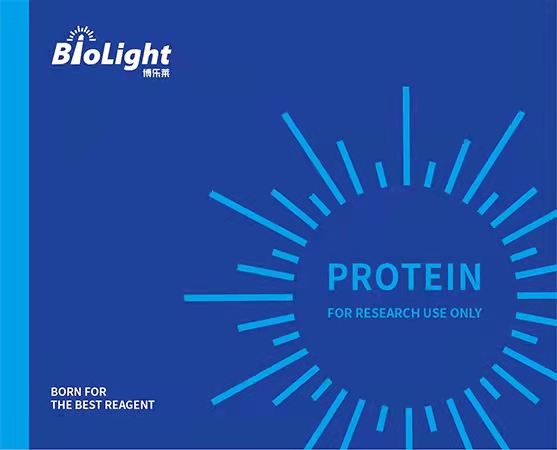
Human PRL Protein, Recombinant
產品貨號:PR00710HuP1
$ 詢價
規(guī)格:100ug
產品名稱:Human PRL Protein, Recombinant
純度:≥95 % as determined by SDS-PAGE
內毒素:/
生物活性:/
序列起止:Leu29~Cys227
標簽:/
Uniprot鏈接:Q5THQ0
表達系統(tǒng):E.coli
種屬:Human
預測 N 端:Met
預測分子量:/
緩沖液:20mM Tris, 250mM imidazole, 500mM NaCl, pH8.0, containing 10% glycerol.
運輸方式:This Protein is shipped as lyophilized powder at ambient temperature. Upon receipt, store it immediately at the temperature recommended.
穩(wěn)定性 & 儲存條件:Avoid repeated freeze/thaw cycles. Store at 2-8°C for one month. Aliquot and store at -80°C for 12 months.
復溶:Please refer to COA for detailed information
別稱:hCG_36753
背景信息:Prolactin. Prolactin (gene name PRL) is a secreted neuroendocrine pituitary hormone that acts primarily on the mammary gland to promote lactation, but has pleiotropic effects in both males and females (1-6). Prolactin is predominantly found as 199 amino acid, 25 kDa glycosylated and 23 kDa non-glycosylated monomers (6). Human prolactin shares only 60% and 63% amino acid sequence identity with mouse and rat prolactin, respectively, although rat prolactin can activate the human prolactin receptor (3). Post-translational modifications such as polymerization, complex formation with IgG (in humans), glycosylation, and proteolytic cleavage can alter the activities of prolactin (6-8). Non-glycosylated prolactin is produced by the pituitary and packaged in storage granules before secretion, while glycosylated prolactin is reported to be constitutively secreted, have lower biological potency, and be removed from the circulation more quickly (3, 6, 7). Cleavage by matrix metalloproteinases or Cathepsin D can produce N-terminal 16 kDa antiangiogenic fragments also called vasoinhibins (9, 10). Thrombin can produce C-terminal 16 kDa fragments that are not antiangiogenic (3). Prolactin is synthesized mainly by the anterior pituitary in all mammals, where secretion is under tonic inhibition by hypothalamic dopamine (2, 3). In humans, prolactin is also produced peripherally (2-5). Prolactin expression is low during early human pregnancy, but increases in late pregnancy (2, 3). The prolactin receptor (gene name PRLR) is a transmembrane type I glycoprotein that belongs to the cytokine hematopoietic receptor family. Expression of the prolactin receptor is widespread (2-5). Each prolactin molecule is thought to bind two receptor molecules (11). In addition to its lactogenic activity, peripherally produced prolactin plays roles in breast and prostate cancer development, regulation of reproductive function, and immunoregulation (5, 6).
全稱:Prolactin (PRL)
說明書:待上傳

